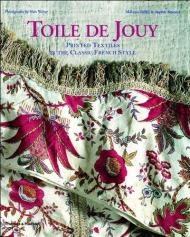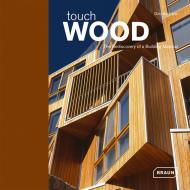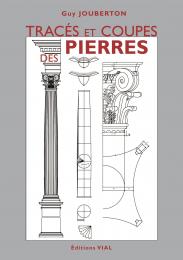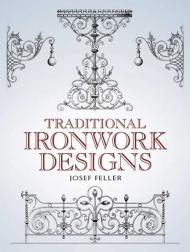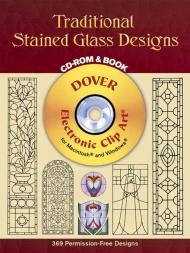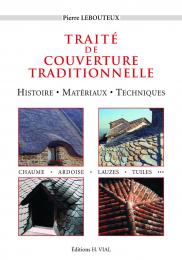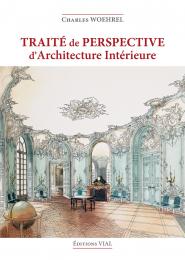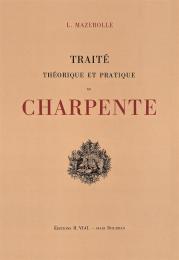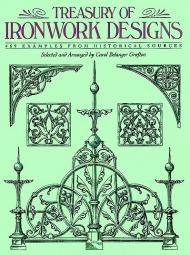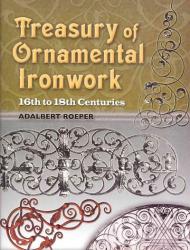Ce livre de référence montre la fabrication des toitures en fonction des matériaux mis en œuvre et des spécificités régionales. Il présente chaque matériau utilisé en couverture traditionnelle : le chaume, le bois (bardage et bardeaux), la toiture de tuiles, l’ardoise, la toiture de lauzes, le plomb, le fer blanc et le cuivre. Il précise son histoire et son évolution, rappelle son contexte architectural et les formes de toits qui lui sont associées, expose les techniques de mise en œuvre spécifiques et décrit l’entretien. Il insiste tout particulièrement sur les caractéristiques de chaque région de France, qu’il s’agisse de toitures royales ou d’un humble toit de chaume. Il présente les éléments nécessaires à l’établissement d’un devis descriptif, les points à contrôler avant et pendant le chantier. L'ouvrage contient une abondante illustration : des photographies présentent des détails de réalisations, et de nombreux dessins techniques sont destinés à faire comprendre la mise en œuvre.
Cet ouvrage n’est pas un manuel pour exécutant. Son but est de permettre à l’architecte ou au propriétaire de choisir les matériaux de couverture en connaissance de cause et en tenant compte de caractéristiques régionales, de préciser son projet et de suivre le chantier. Pour chaque matériau, l’auteur donne les clefs permettant de dialoguer avec l’homme de l’art.
Sommaire :
Chaque chapitre est consacré à un matériau et suit le même plan : Évolution et iconographie, techniques mises en œuvre (fabrication, préparation, supports, pose), caractéristiques régionales, formes de toitures et d’autres éléments de couverture, éléments de devis descriptif, suivi du chantier et entretien :
Les couvertures végétales
Le chaume : seigle, blé, roseau et genet ; Vendée, Camargue, Normandie, Grande Brière, Auvergne et Pyrénées
Le bois : châtaignier, épicéa, mélèze, acacia ; couverture en bardages, bardeaux, tavaillons et ancelles
Les couvertures en pierre
L'ardoise : Corrèze, Savoie, Bretagne, Cotentin et Alsace
La lauze de schiste : Auvergne, Pyrénées, Alpes, Corse, Bretagne
La lauze calcaire : Périgord, Bourgogne
Les dalles de pierre
Les couvertures en terre cuite
La tuile romaine
La tuile canal : tuile baugeoise, tuile alsacienne, tuile de la région de Perpignan
La tuile plate : tuiles anciennes et neuves, tuiles vernissées
Les pannes flamandes et pannes du Nord ; la tuile mécanique
Les couvertures métalliques
Le plomb
Le fer-blanc et son vieillissement
Le cuivre
Le décor des couvertures
Glossaire et Bibliographie
Public : Maîtres d’œuvre, architectes et entrepreneurs s’intéressant au bâti régional ou travaillant sur des monuments historiques, maîtres d’ouvrage, particuliers désireux d’initier un chantier de couverture traditionnelle.



